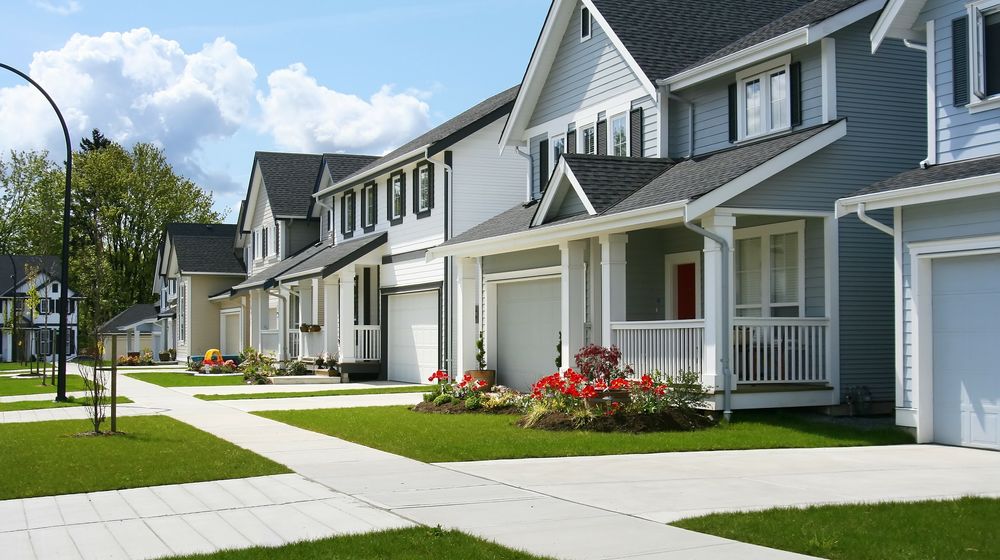Urban landscaping: beware of the “blandscaping” trend!
Everything living needs individualized solutions: avoid laying out green spaces which are beautiful on the outside but inert inside.

From rows of small gardens to roll-out vegetalized roofs in urban areas – it is difficult not to be tempted by what appear to be “miracle solutions”. However, everything living needs individualized solutions and we must avoid laying out green spaces which are beautiful on the outside but inert inside and in which only a small elite of biodiversity can flourish. This kind of landscaping now has a name: Blandscaping.

When standardization becomes the downtown nature norm
The benefits to build green cities are so numerous that the vast majority of communities all over the world have already introduced action plans, ranging from the decision not to use chemicals for green space maintenance to the vegetalization of school yards or the design of entire bioclimatic districts, like La Sauvegarde in Lyon, France.
However, due to ignorance of the specificities of their natural surroundings, lack of means or to follow inelastic political calendars, communities are often tempted to copy vegetalization strategies used successfully elsewhere.
This generic approach, which does not consider local problems, results in a standardization of nature downtown, more commonly called Blandscaping (formed from the English words bland = insipid and landscaping). This approach does not solve anything and can even make initial problems worse.
Why is Blandscaping a problem?
If using existing greening models is completely acceptable, simply recopying without taking the local climate, plant species and local animals into account results in empty landscapes without biodiversity… and meaning.
Designed to be attractive and easy to look after for people, these projects actually push small mammals and native hymenoptera out of their territories. This leads to a new kind of ecological gentrification, a process in which only pigeons, mice and weeds can really flourish to the detriment of the rest of the plant and animal world. And even the survival of these vegetalized spaces is not guaranteed. One example is the Miyawaki microforests, an ingenious method often applied without taking into account the resilience of the trees and local specificities. Researchers noted a comparatively high death rate of seedlings ranging from 61 to 84% (1).
The main problem to avoid consists in thinking that vegetalization is inevitably more desirable than to leave the ground as it is. In the case of post-industrial waste lands, it has been shown that replacing them with buildings with standardized vegetalized roofs and decorative green spaces made most of the biodiversity which had settled there disappear. (2)
How to avoid falling into the Blandscaping trap?
For lack of knowledge about the subject, it is easy to Blandscape through ignorance. We should also add that architects who are not aware of the problem ask for a landscape designer’s guarantee with the sole aim of ensuring that their projects comply with local rules, regulations and standards. Additionally, the question of maintenance and the long term benefit of the green spaces created are very often left out of the equation.
Here are some hints on how to avoid Blandscaping:
- Consult engineering design offices specialized in ecological engineering to get an overview including the biodiversity and the characteristics of your territory, when you make the preliminary field studies.
- Use landscaping professionals who have a fully understanding of your site, the local climate and local plants.
- Taking good practices as a starting point is a good idea and taking as a starting point what nature itself does, as in biophilic design, it is still better. But beware, finding inspiration does not mean copying!
- Do not succumb to the temptation to create green and vegetalized spaces purely to add value to your site: the new installations must above all be useful (for biodiversity and end users alike)!
- Consult our ultimate guide dedicated to the integration of biodiversity in a community in which you will learn how to adopt a systemic approach to urban arboriculture, how to recreate green and blue infrastructures and many other topics.
Do you need customized solutions to bring nature downtown and don't know where to start? Paysalia invites you to meet experts who can point you in the right direction, suggest the best strategy to adopt and steer you away from Blandscaping.
(1) Agence Régionale de la Biodiversité: Renaturer les viles, méthode, ) exemples et préconisations
(2) The Nature of Cities: Blandscaping that Erases Local Ecological Diversity
© Photo credit: Barbara Helgason / Adobe Stock



